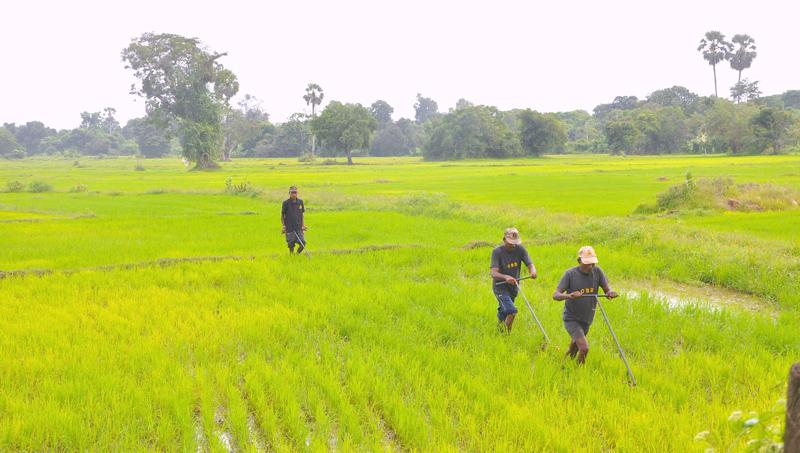
Speaking at the launch of the Road Map for 2018, Central Bank (CB) Governor Dr. Indrajit Coomaraswamy, on an upbeat note, said economic growth this year would be between 5 to 5.5 percent despite a subdued growth rate recorded in 2017.
“The potential growth rate is about 5.9 percent and this is within an achievable reach given the tailwinds in the global economy which Sri Lanka could leverage on,” the governor said.
However, at the post launch media briefing, a journalist questioned the governor as to how such an ambitious goal could be achieved given the appalling growth rate of 3.7 percent notched during the first eleven months of last year and the sluggish pace of reforms in the macro economic front.
“We have seen an increase in the flow of FDIs last year and we expect it to gain momentum through the launch of the Hambantota industrial zone and the continuation of the Colombo Port city project. Exports too have picked up and is expected to continue,” the governor said.
Growth during the third quarter last year was 3.3 percent while the forecast for the final quarter is around four percent or below. The governor expressed his dissatisfaction over the appalling growth figures at the Monetary Policy review media briefing recently.
The IMF projected economic growth rate to remain below 4.5 percent in 2017 but expected it to pick up this year with agricultural production expected to normalise.
The low growth especially in the agricultural sector last year is attributed to the climatic conditions that prevail throughout the year by the Central Bank.
Agriculture makes a substantial contribution to the economy accounting for around 20 percent of the GDP.
However, the Central Bank is confident of a better performance of the economy this year with exports and foreign direct investments expected to gain momentum and reach satisfactory levels.
Exports picked up during the second half of last year from a lull of over two years and foreign direct investments showed marginal improvement to reach US$ 600 million by the end of last year. The government expects FDIs to be within the range of US$ 3 to 5 billion by 2020.
FDIs dived 54 percent to US$ 450 million in 2016 from around US$ 970 million recorded during the preceding year which too is below the US$ I billion mark expected by the government.
However, the Central Bank was able to build official reserves to over US$ 7.9 billion by end 2017 supported by inflows to the government securities and the Colombo Stock Exchange.
The bank also hopes that exports would pick up with the reinstatement of the GSP lus facility and the conclusion of the free trade agreements with Singapore, China and India.
The national export strategy which is to be launched shortly is expected to boost exports through diversification of the product base and markets.
“The recovery in the US economy and the EU economies would be tailwinds for Sri Lanka,” the governor said.
According to trade experts, competing for a fair share of the global market depends on the extent the country improves its competency, efficiency and productivity levels.
“The Central Bank has already initiated several measures to enhance the economic stability of the country and will continue with the endeavour. Given improved economic fundamentals and stability, it is expected that the government will implement the necessary reforms to uplift the economy from the current low growth trajectory to reach its potential levels,’ the governor said.
The bank is working towards implementing a Flexible Inflation Targeting (FIT) framework by 2020 to conduct monetary policy in a proactive and forward looking manner.
According to the Road Map, the Central Bank has adopted a more flexible exchange rate policy that promotes export competitiveness. The government plans to bring down the budget deficit and debt levels progressively through a revenue based fiscal consolidation program. The government expects to reduce the budget deficit to 3.5 percent of the GDP by 2020 and thereby reduce debt to a sustainable level in the medium term.
